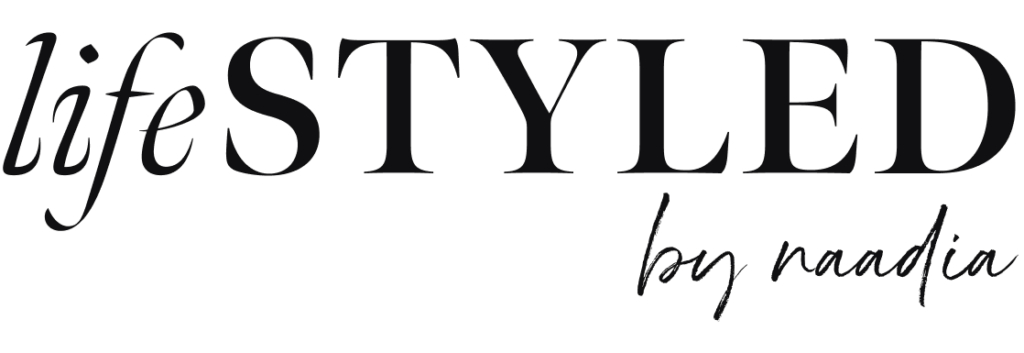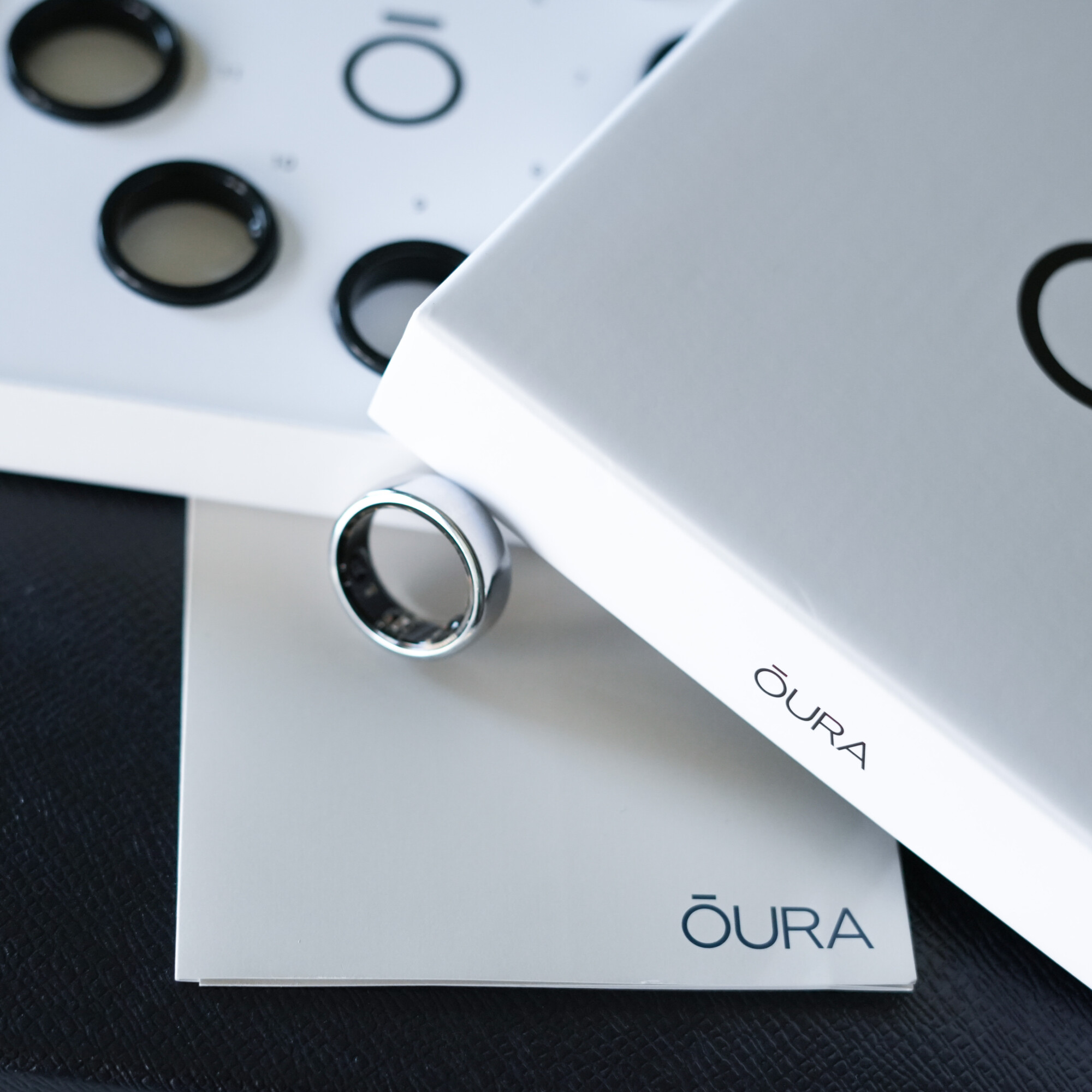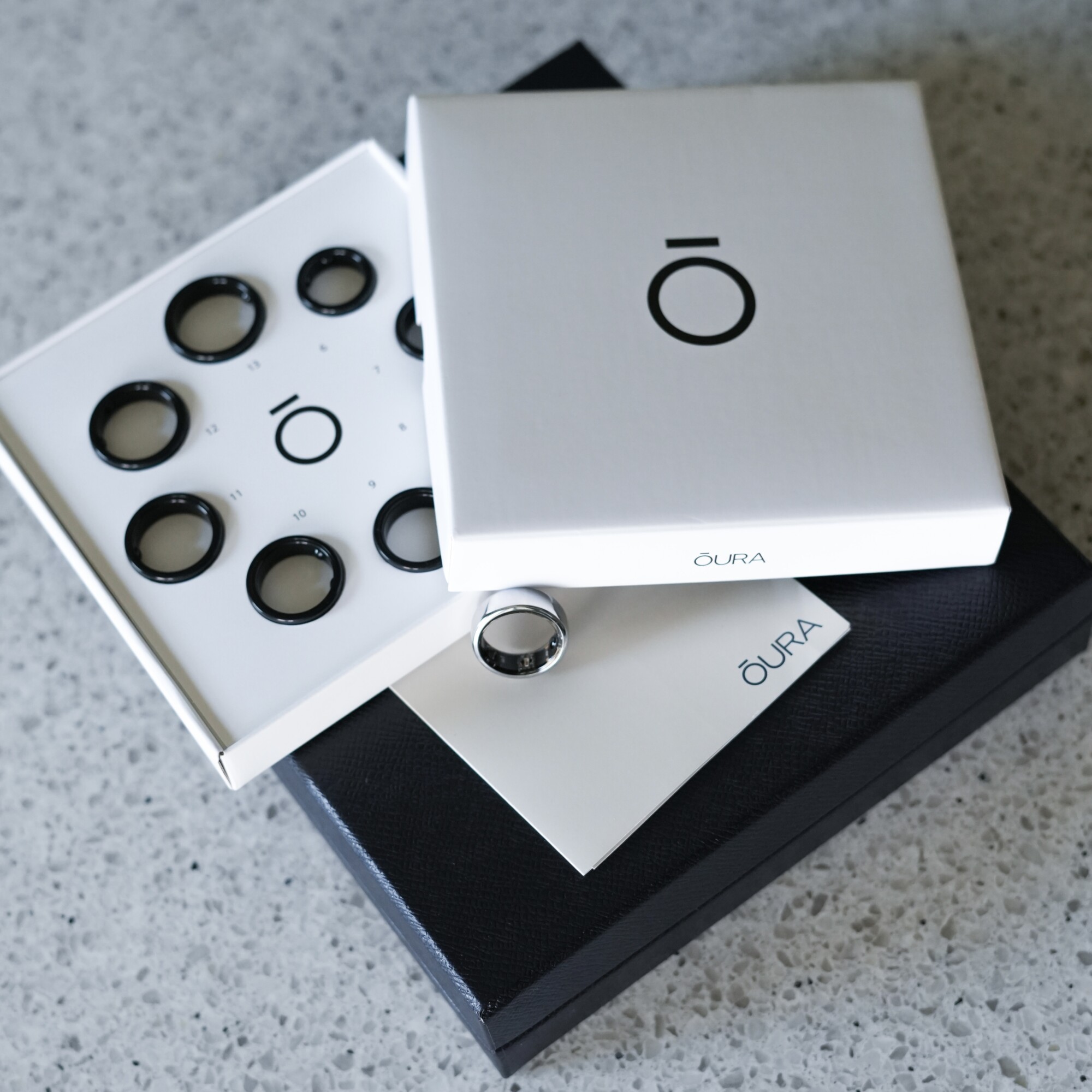I made the decision to buy an Oura Ring almost a month ago after being a long-time Apple Watch advocate. I primarily used the Apple Watch for calorie counting, monitoring my steps, and checking notifications. Although I still absolutely loved my Apple Watch, I was very interested in the Oura Ring for a few reasons: the sleek look of the ring versus the bulky appearance of the Apple Watch, which made me hesitant to wear it when dressing up or trying to look more stylish; the in-depth analytics around stress and sleep levels; and when I heard it could also provide fertility insights, I was sold!
While the Apple Watch is widely known for its fitness and communication capabilities, the Oura Ring has found a niche for itself in the wellness sector. After wearing my ring for the first month, here are five key differences I noticed between the watch and the ring that highlight how the Oura Ring emphasizes wellness, while the Apple Watch leans more towards fitness:
-
Primary Focus: Wellness vs. Fitness | The most notable difference between the Oura Ring and the Apple Watch is their primary focus. The Oura Ring is designed with an emphasis on holistic health and wellness. It monitors sleep quality, tracks stress levels, and provides a readiness score each day, which gives users an overview of their recovery and preparedness for the day. On the other hand, the Apple Watch is predominantly fitness-oriented, offering a wide variety of workout tracking features, heart rate monitoring, and activity rings to encourage physical movement throughout the day.
-
Sleep Tracking and Analysis | Sleep quality is a cornerstone of the Oura Ring’s functionality, so if you struggle with sleep like I do, this will be a huge benefit for you. It provides detailed insights into sleep stages (REM, light, and deep sleep), sleep duration, and efficiency, allowing users to understand and improve their sleep patterns. The Apple Watch, while offering sleep tracking capabilities, does not delve as deeply into sleep analysis. It focuses more on the duration of sleep and less on the quality and stages of sleep.
-
Stress and Readiness Monitoring | The Oura Ring excels in monitoring stress levels through heart rate variability (HRV) measurements, offering daily feedback on how your body responds to stress and recovery. It also calculates a “readiness score” each morning, which helps users gauge their physical and mental readiness for the day’s activities. In contrast, while the Apple Watch does track heart rate, its primary use in this regard is for exercise and fitness rather than continuous stress monitoring or readiness assessment.
-
Design and Wearability | In terms of design, the Oura Ring is a sleek, discreet piece of jewelry that can be worn 24/7, seamlessly integrating into daily life without the bulkiness of a traditional smartwatch. The Apple Watch, though stylish and versatile, is more noticeable and serves as a multifunctional device, which might not be as conducive to continuous wear, especially during sleep.
-
Health Savings Account (HSA) and Flexible Spending Account (FSA) Approval | A unique aspect of the Oura Ring is its approval for purchase with a Flexible Spending Account (FSA) in the U.S., indicating its recognized health benefits. This is a significant advantage for users looking to invest in a health-focused device using their pre-tax dollars. The Apple Watch, however, is not typically eligible for FSA or HSA purchases, reflecting its categorization more as a fitness and lifestyle device than a dedicated health tool.
At the end of the day, while both the Apple Watch and the Oura Ring offer great features, their focuses cater to different aspects of user well-being. The Oura Ring’s commitment to wellness, particularly through detailed sleep analysis, stress monitoring, and its FSA approval, positions it as a leader in health-centric wearable technology. Meanwhile, the Apple Watch continues to excel as a fitness and communication device, offering features for those looking to focus on their physical activity and connectivity.
As for me, I’ll be sticking to my Oura Ring for now. I’ve been enjoying learning about monitoring different aspects of my health and body, and I’ve also been enjoying not being so connected to notifications and daily pings on my phone. Who else has tried both devices? Thoughts?



